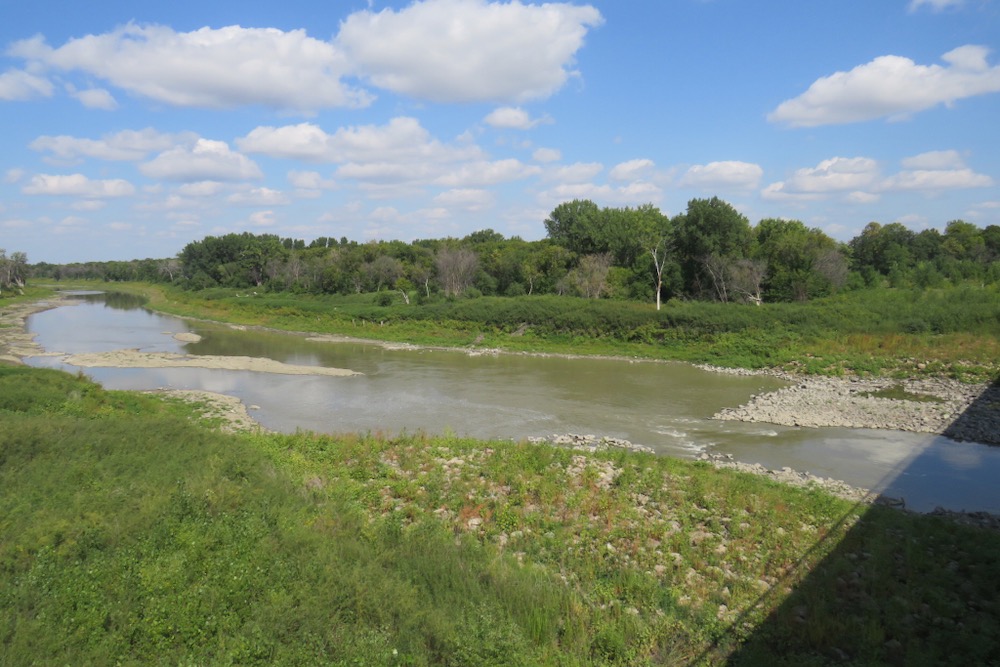As the heart of summer begins, the days will get hotter and high temperatures may cause problems for people working outdoors or indoors without air conditioning.
Hot air, high humidity, sunshine and hot surfaces can raise body temperatures to dangerous levels. Add physical activity and the results can be life-threatening.
Workers and employers need to know the risks of working in hot conditions, according to SAFE Work Manitoba.
“Both employers and workers can take measures to protect against the dangers that hot weather presents, preventing illness and avoiding lengthy work delays,” said Jamie Hall, chief operating officer of SAFE Work Manitoba, in a press release.
Read Also

What is perfect Christmas weather?
What is ‘perfect’ Christmas weather on the Prairies? Here’s where you should head this holiday, according to historical weather data.
“We recommend becoming knowledgeable about the signs of heat illness and aware of what is happening with workers as temperatures climb.”
Below are common signs and symptoms of heat exhaustion. Anyone experiencing these symptoms should move to a cooler place and drink plenty of fluids, preferably water.
- high body temperature
- dizziness/fainting
- nausea/vomiting
- heavy sweating
- rapid breathing and heartbeat
- skin rash
- muscle cramps
- headache
- extreme thirst
- confusion and lack of co-ordination
- dark urine and decreased urination
Heat stroke is a more serious form of heat illness with these signs and symptoms and it is a medical emergency. Call 911 immediately. While waiting for help to arrive, move to a cooler place, apply cold water to large areas of the skin and use a fan.
- very hot, red skin
- lack of sweat
- high body temperature
- confusion and lack of co-ordination
- dizziness/fainting
If working in the heat, follow these safety tips to help prevent heat illness:
- drink plenty of water throughout a shift, before feeling thirsty
- limit intake of caffeine
- mist yourself with cool water
- take regular rest breaks
- whenever possible, do demanding physical work before 11 a.m. and after 3 p.m.
- take rest breaks in a cool, well-ventilated area
- wear light-coloured, loose-fitting clothing made of a breathable fabric like cotton
- watch for signs and symptoms of illness in yourself and co-workers
Employers can help prevent heat illness among employees by taking these steps:
- remain aware of heat conditions
- do not allow employees to work alone
- create cooling areas that offer shade and water
- provide fans for indoor work in the absence of air conditioning
- set appropriate work-rest cycles ahead of heat waves
- have emergency procedures and first-aid coverage in place
- work with the safety and health committee, worker representatives or workers to create a hot weather plan and modify work procedures during high temperatures.















